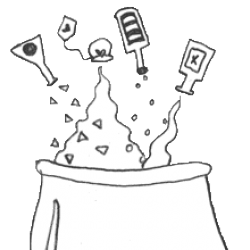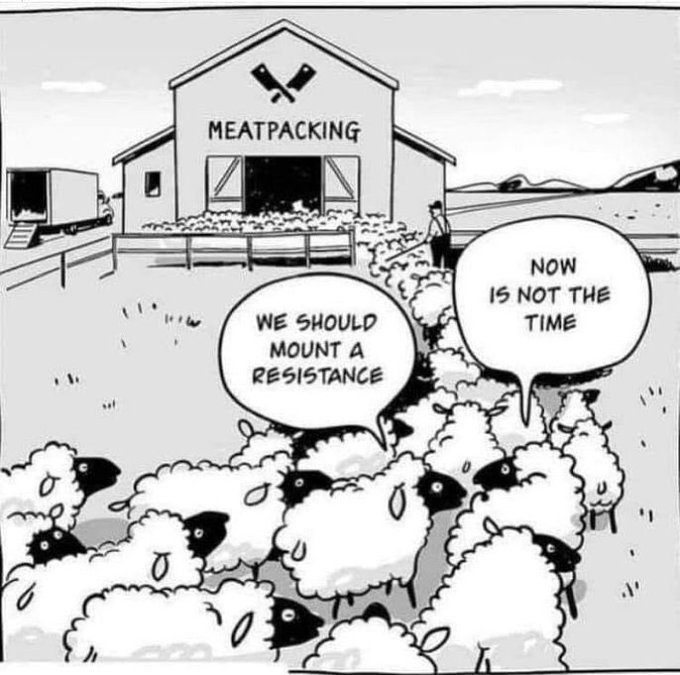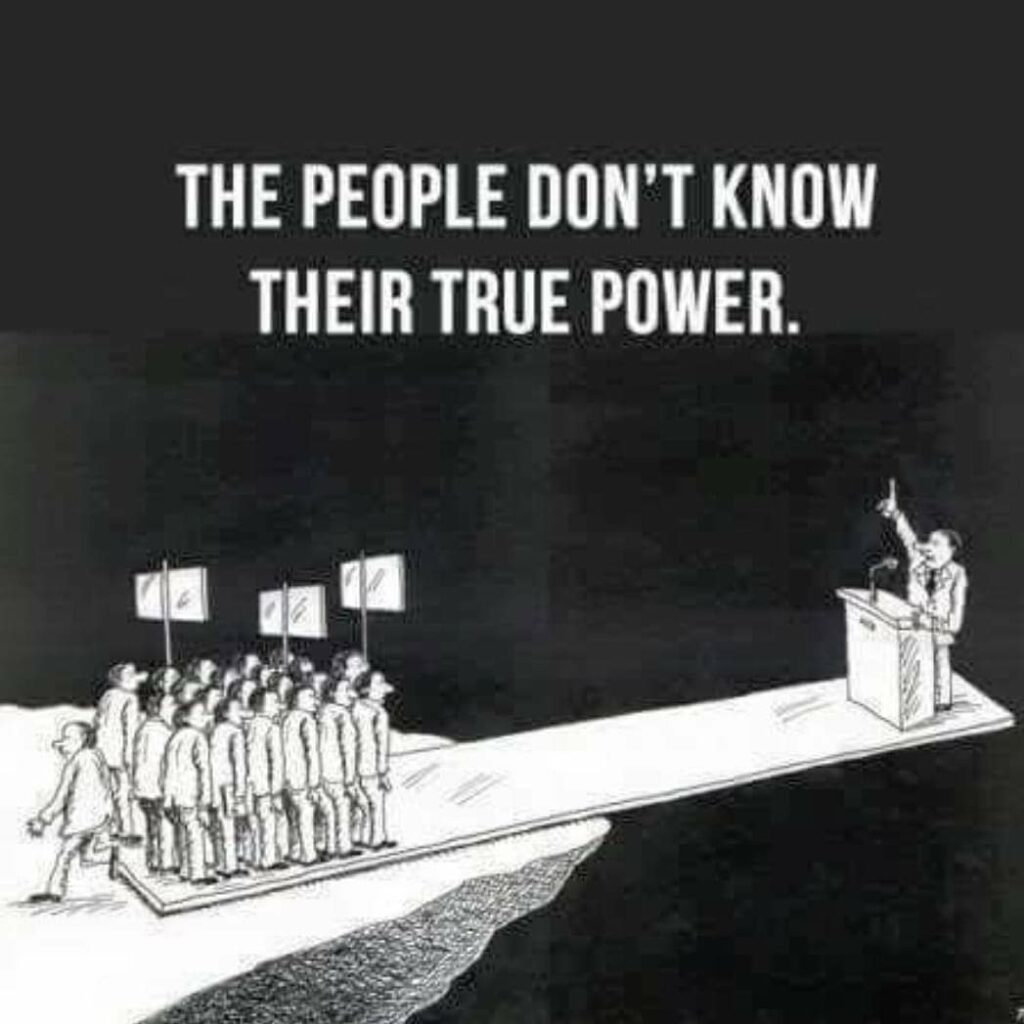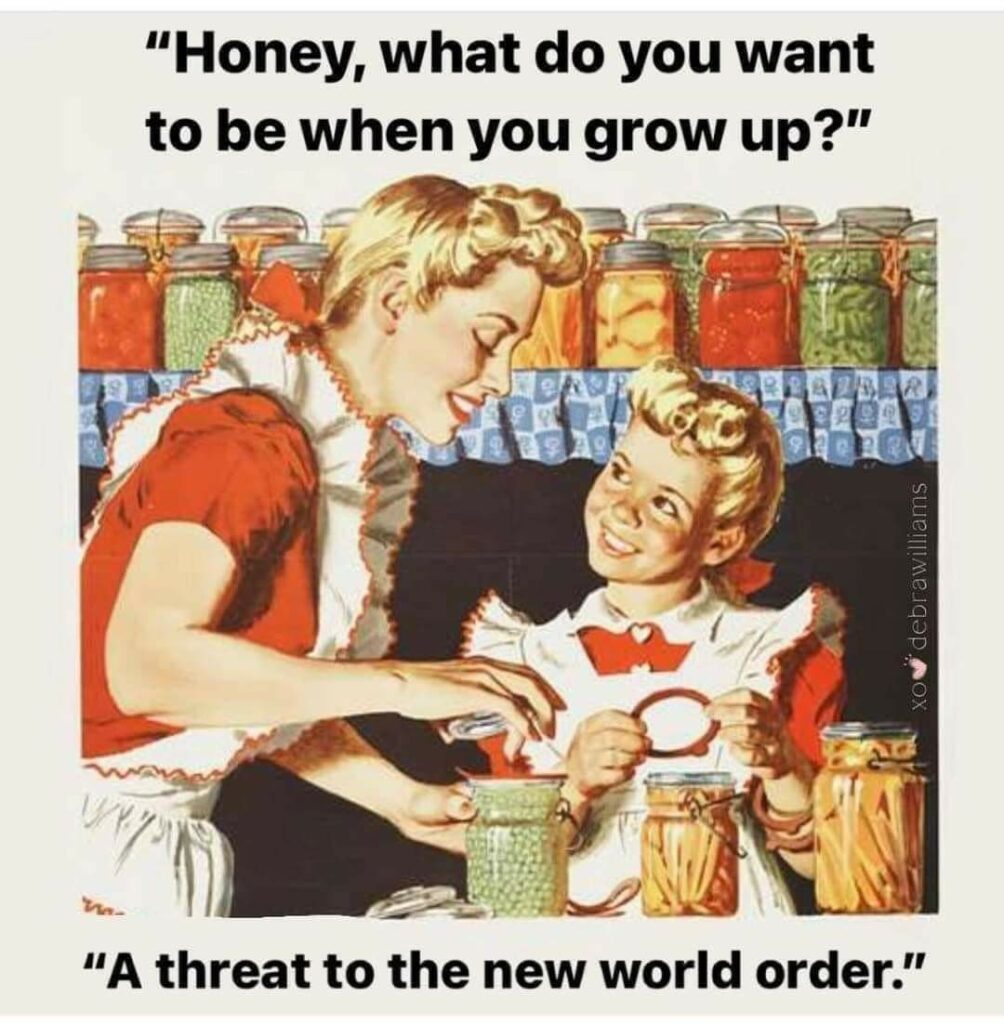The problem isn’t that people refuse to act. The problem is that most are stuck in paralysis: “What do I do?” If the only options they see are worshipping the #deathcult or reinventing the wheels, passivity looks like the safest choice.
The design challenge of the #OMN isn’t just tech – pipes, tanks, metadata – it’s rituals and rhythms that invite participation. We need a seed affinity group whose job is simple: set the shovel down in front of people.
Don’t only complain that they aren’t digging. Literally put the shovel in their hands and say:
- Run a local flow.
- Tag a batch of data.
- Moderate one stream.
- Host one screening/fire circle.
Tiny, clear tasks. The kind you can do in an hour. That’s how you turn passivity into momentum. Shifting habits into usefulness, instead of fighting people’s flaws, turn them into leverage.
#fashionistas crave visibility. Fine. Give them the role of spreading compost metaphors, making the work look alive and fresh. Let them shine light on the soil.
#geekproblem crave puzzles and edge cases. Good. Hand them the tricky parts: trust plumbing, metadata sieves, redundancy logic. Their obsessiveness is an asset if aimed at the right joints of the system.
#mainstreaming crave “safe” recognition. Use it. Frame #OMN as “the next big thing everyone will need to join.” Let them be the “early adopters” who stay safe by appearing ahead of the curve. They don’t need to lead, they just need to follow momentum.
Each group moves in circles, polishing surfaces while the compost pile rots. But if you show them something real – a flow that works, a network that breathes – they drift toward it. Shiny surface with soil beneath, puzzles that connect to lived use, recognition that feels inevitable.
The Lesson, is, don’t try to convince people in the abstract. Show them working compost. Show them trust flows in action. Show them that it’s easier to do something useful than to do nothing. That’s how we should be pushing, that’s how we turn paralysis into practice. That’s how you start to compost the #deathcult.
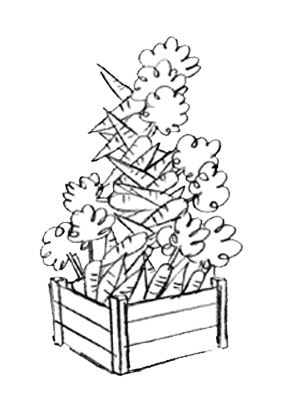
For this to flow in activism, We need to compost – some traditions work, many do not. It’s more complex than it looks, because those traditions that “don’t work” often do work – but only for the people who push them. That’s the root of the hashtag story: a tactic, a format, a ritual can give visibility, ego, and career advancement to its promoters, while leaving the commons weaker. The tradition “works” as a personal lever, but fails as a collective tool.
We’ve all seen this: Endless meetings that build someone’s identity as a “process person,” but drain energy from action. Branding projects that make a clique look good to funders, while hollowing out grassroots trust. Campaigns designed for headlines and hashtags, not for long-term change.
There is a bitter truth: a tradition can succeed as a ladder while failing as a bridge. We don’t need to throw everything away. We need to compost. To ask: Who does this serve? Does it build trust, or personal power? Does it strengthen the commons, or just the clique?
The hashtag story isn’t about rejecting all rituals. It’s about refusing to confuse personal gain with collective growth. Traditions that build soil – trust, flows, openness – must be tended. Traditions that rot into self-serving traps must be turned, aerated, broken down. That’s the cycle: compost the false, nurture the living.






